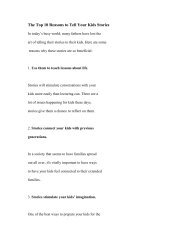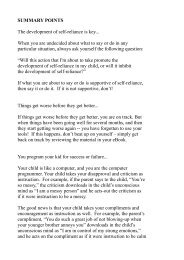Organic Chemistry
Chirality
Chirality
You also want an ePaper? Increase the reach of your titles
YUMPU automatically turns print PDFs into web optimized ePapers that Google loves.
<strong>Organic</strong> <strong>Chemistry</strong> - Ch 11 549 Daley & DaleySlitPolarizerLampCross section of light beamFigure 11.8. Polarization of a light beam. Before passing through the polarizingfilter, the light beam has random orientations of the light waves. After passingthrough the polarizing filter, the light beam contains only one orientation of the lightwaves.A polarimeter is aninstrument thatmeasures opticalactivity.An optically activesubstance rotates aplane of polarizedlight.A dextrorotatory isomerrotates a plane ofpolarized lightclockwise or to theright.A levorotatorysubstance rotates thepolarized lightcounterclockwise or tothe left.If you pass this plane-polarized light through a polarimetercontaining a solution of a pure enantiomer, the plane of polarizationvisibly rotates a certain number of degrees. If you place a solution ofthe other enantiomer with the same concentration in the sameinstrument, the plane of polarized light rotates the same number ofdegrees in the opposite direction. The amount of rotation staysconstant for a given pair of enantiomers with the same concentration,using polarimeters of the same wavelength of light and the same tubelength. Substances that exhibit this type of behavior are opticallyactive, and the number of degrees that the plane of polarized lightrotates is a measure of optical activity.An enantiomer that rotates light clockwise, as you look towardthe light source is dextrorotatory. Designate a dextrorotatoryenantiomer as a d or (+) isomer. An enantiomer that rotates lightcounterclockwise is levorotatory. Designate a levorotatoryenantiomer as an l or (–) isomer. For example, the d form of 2-bromobutane has a rotation of +39.4 o when you measure it with the589 nm wavelength band of a sodium vapor lamp. This wavelength iscalled the sodium D line. Its enantiomer, l-2-bromobutane, has arotation of –39.4 o . Remember, there is no connection between the d or lisomers and the (R) and (S) designations. The d or l designation comesfrom the experimental observation of the sign of the optical rotationand the (R) or (S) designation comes from the Cahn-Ingold-Prelogrules.www.ochem4free.com 5 July 2005







